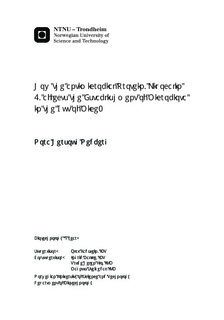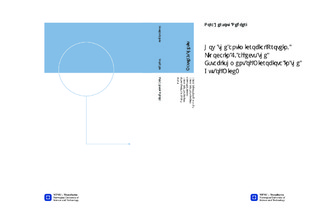| dc.description.abstract | Several studies have suggested that the host genetics may influence the composition of gut microbiota, but few genes involved in host control have been proposed (Sekirov et al., 2010). Lipocalin 2 (Lcn2) prevents growth of bacteria that rely on catechol type siderophores for iron acquisition (Goetz, et al., 2003; Flo, et al., 2004). It was hypothesized that Lcn2 may impart a selection pressure on establishment of the gut microbiota and thus influence the commensal diversity. The aim of this study was to find out whether the antimicrobial protein, Lipocalin 2, has a determining effect on the colonization of the gut microbiota in mice. Two factors were investigated: genotype (Wt, Ht and Lcn2 KO) and habitation (single-housing and co-housing). The naturally developing gut microbiota of wild type mice (Wt), heterozygote mice (Ht) and lipocalin 2 deficient mice (Lcn2 KO) were studied, as well as re-established microbiota after antibiotic perturbation, by collecting stool samples. Microbial community profiles were generated by the use of PCR and denaturing gradient gel electrophoresis (DGGE). The gels were analysed by the software program gel2K (Norland, 2002) and band intensity profiles were compared by statistical analysis. The study of mice gut microbiota revealed differences in the microbial profiles between Wt-, Ht- and Lcn 2 KO-mice. The result showed that both the factor of genotype and habitation were significant factors for the observed differences. For the single-housed mice (mice of same genotype), a significant difference of gut microbiota was found between Wt/Ht-mice and Lcn 2 KO-mice, indicating that the genotype was the main factor for the observed differences. Lcn 2 thus seems to influence the natural colonization of the mice gut, as well as the re-establishment of the microbiota after a perturbation with antibiotics treatment.For the co-housed mice (mice of mixed genotypes) both the effect of genotype and maternity seemed to influence the composition of the microbiota, although the factor of maternity was not taken into account in the analysis. The experimental set-up was designed with the intention of comparing littermates in order to minimize other effects than the knockout of Lcn2. Unfortunately this design meant that the effect of genotype and maternity could not be differentiated. | nb_NO |

